Have you ever looked at a reciprocating saw or a recip saw and said… Where Do I Even Start? Perhaps you are a DIYer, a new homeowner or just someone who wants to tame a wild backyard. You grab a sawzall and say to yourself, how difficult can it be? Then you get that motor buzz and you think… Is it safe? Will it clean cut? Did I even use the correct blade? And, if that describes you, then you are in luck because you are about to find out not only how to operate a reciprocating saw, but how to operate it with confidence and with the right sawzall blades, in particular the Ezarc high-performance line of blades, designed to be precise, powerful, and durable.
How to Choose the Right Sawzall Blade | Ezarc Tools Guide
What is a Reciprocating Saw
A Sawzall is a hand-held power saw whose blade moves back and forth at high speed - sort of like a mechanical arm that is sawing on your behalf.

Best Uses:
- Pruning of trees and shrubs
- Demolition (drywall, wood, nails, PVC)
- Pipe, stud, metal bracket cutting
- The remodeling and rescue work
You can consider it the Swiss Army Knife of cutting tools, particularly when combined with the correct sawzall blade
Why the Blade You Use is Important
The majority of individuals believe that the saw does everything. Wrong!
The blade decides:
- The neatness of your cut How clean your cut is
- Either you cut through or bounce off
- The duration of the tool and your arms
This is why it is not an option but everything to select the appropriate blade.
Why Ezarc Reciprocating Saw Blades Stand Out
Not all blades are created equal. Here’s why Ezarc's are trusted by professionals and smart DIYers:
| Feature | Why It Matters |
| High-carbon or carbide teeth | Cuts faster and lasts longer — even through nails |
| Anti-stick coating | Prevents gumming up, especially on fresh tree limbs |
| Specialized sets | Pruning, metal, demolition — no guesswork needed |
| Universal fit | Works with all major brands |
The Ezarc sawzall Pruning Blade Set is specially for gliding through green wood like butter — no splinters, no jams.
How to Use a Reciprocating Saw
1. Choose the Correct Blade to do your next job
Green Wood and Branches of Trees:
Use a pruning blade — such as the 15-inch Japanese Teeth Reciprocating Saw Blade by Ezarc.
This high-performance pruning blade is specially engineered for fresh, green wood. It features large, ultra-sharp Japanese-style teeth and a 15-inch arc edge design — which provides a longer reach and smoother, more controlled cuts, especially useful when trimming higher branches or working at odd angles.\n \n \n \n \n \n \n \n \n \n \n \n \n \n ","contentAlignProduct":"Center","infoProduct":{"id":"gid://shopify/Product/8244178616471","title":"Tree Trimming/Wood Cutting – Japanese Teeth 6 TPI Reciprocating Saw Blade","currencyCode":"USD","amountMax":"69.97","amountMin":"29.97","price":"29.97","compareAtPrice":"42.95","imagesUrl":"https://cdn.shopify.com/s/files/1/0575/4975/0423/files/2_d17e1f86-e7f5-4b1f-8545-578d710c63e5.jpg?v=1744693531&width=600","urlStore":"/products/japanese-teeth-reciprocating-saw-blade-15-inch-arc-edge-wood-pruning-saw-blades-6tpi-for-tree-trimming-wood-cutting-3-pieces","altImage":"Japanese Teeth Reciprocating Saw Blade 15 Inch, Arc Edge Wood Pruning Saw Blades 6TPI for Tree Trimming, Wood Cutting, 3 Pieces - EZARC Tools"},"colorTitle":{"hue":213,"brightness":0.83,"saturation":1},"colorPrice":{"hue":0,"saturation":1,"brightness":0},"colorDiscount":{"hue":356,"saturation":0.74,"brightness":1},"isRemoveBranding":true,"hidden":false,"locked":false,"blockName":"Text and product","componentId":"undefined"}
Green Wood and Branches of Trees:
Use a pruning blade — such as the 15-inch Japanese Teeth Reciprocating Saw Blade by Ezarc.
This high-performance pruning blade is specially engineered for fresh, green wood. It features large, ultra-sharp Japanese-style teeth and a 15-inch arc edge design — which provides a longer reach and smoother, more controlled cuts, especially useful when trimming higher branches or working at odd angles.
Metal Pipes and Nails:
Use a blade of bi-metal or carbide tip.
Metal needs a more hard, heat-resistant edge. Bi-metal blades are flexible and hard, and carbide-tipped blades are best suited to cut thick nails, bolts or steel pipes. The carbide blades of Ezarc are designed to withstand heat and friction providing a longer life even in demanding demolition conditions.\n \n \n \n \n \n \n \n \n \n \n \n \n \n ","contentAlignProduct":"Center","infoProduct":{"id":"gid://shopify/Product/6981334040727","title":"Thick Metal/Cast Iron Cutting – Carbide, 6/9 in, 8 TPI Reciprocating Saw Blade","currencyCode":"USD","amountMax":"104.97","amountMin":"16.95","price":"69.97","compareAtPrice":null,"imagesUrl":"https://cdn.shopify.com/s/files/1/0575/4975/0423/files/9in.jpg?v=1735278307&width=600","urlStore":"/products/8tpi-6-9-in-carbide-reciprocating-saw-blade-for-thick-metal-cast-iron-alloy-stee","altImage":"8TPI, 6/9 in. Carbide Reciprocating Saw Blade For Thick Metal/Cast Iron/Alloy Steel - EZARC Tools"},"colorTitle":{"hue":213,"brightness":0.83,"saturation":1},"colorPrice":{"hue":0,"saturation":1,"brightness":0},"colorDiscount":{"hue":356,"saturation":0.74,"brightness":1},"isRemoveBranding":true,"hidden":false,"locked":false,"blockName":"Text and product","componentId":"undefined"}
Metal Pipes and Nails:
Use a blade of bi-metal or carbide tip.
Metal needs a more hard, heat-resistant edge. Bi-metal blades are flexible and hard, and carbide-tipped blades are best suited to cut thick nails, bolts or steel pipes. The carbide blades of Ezarc are designed to withstand heat and friction providing a longer life even in demanding demolition conditions.
General Demolition:
Use a blade of low TPI (wide spaced teeth) and a thicker and stiffer body.
Demolition work is a mixed material, drywall, wood, screws, plastic, and you need a blade that does not bend or snap under pressure. The blades of the Ezarc are thicker and more aggressive and are designed to be the most durable and cut fast even in awkward angles or messy jobs.\n \n \n \n \n \n \n \n \n \n \n \n \n \n ","contentAlignProduct":"Center","infoProduct":{"id":"gid://shopify/Product/6981333975191","title":"Hard Wood/Metal Demolition – Carbide, 6/9 in, 6 TPI Reciprocating Saw Blade","currencyCode":"USD","amountMax":"29.95","amountMin":"20.95","price":"20.95","compareAtPrice":null,"imagesUrl":"https://cdn.shopify.com/s/files/1/0575/4975/0423/files/R656HM_Detail_01_IMG.jpg?v=1702279873&width=600","urlStore":"/products/6tpi-6-9-in-carbide-reciprocating-saw-blade-for-hard-wood-metal-demolition","altImage":"6tpi, 6/9 in. Carbide Reciprocating Saw Blade For Hard Wood/Metal Demolition - EZARC Tools"},"colorTitle":{"hue":213,"brightness":0.83,"saturation":1},"colorPrice":{"hue":0,"saturation":1,"brightness":0},"colorDiscount":{"hue":356,"saturation":0.74,"brightness":1},"isRemoveBranding":true,"hidden":false,"locked":false,"blockName":"Text and product","componentId":"undefined"}
General Demolition:
Use a blade of low TPI (wide spaced teeth) and a thicker and stiffer body.
Demolition work is a mixed material, drywall, wood, screws, plastic, and you need a blade that does not bend or snap under pressure. The blades of the Ezarc are thicker and more aggressive and are designed to be the most durable and cut fast even in awkward angles or messy jobs.
2. Install the Blade

Disconnect or take out the battery
Unclamp the blade (normally tool-less)
Put the blade teeth-out, lock it in
Give it a gentle pull to see that it is fastened
3. Be Confident in the Saw
Two hands: grip hand dominant, forward hand support Put your feet on the ground and rest the shoe (flat front part) of the saw on your cutting surface Pull the trigger slowly - allow the blade to accelerate
And finally Cut the Start - Let the Blade do the Work
Level Up Pro Tips
- Different materials should be controlled by variable speed control
- Have backup blades- no need to wait until it is dull in the middle of work
- Clean the wipe blades after cutting wet or resin-filled wood
- Wear gloves and safety glasses at all times
A sawzall may be a wild animal in your hands. However, when you have the proper blade, particularly one that is made to suit the material, it is just a continuation of your expertise.
Ezarc precision-engineered blades put you at that edge: clean cuts, less fatigue, and results that even look good.

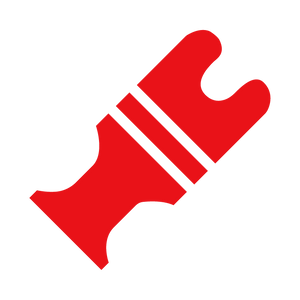 Oscillating Multi-Tool Blades
Oscillating Multi-Tool Blades
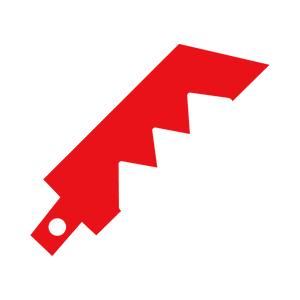 Reciprocating Saw Blades
Reciprocating Saw Blades
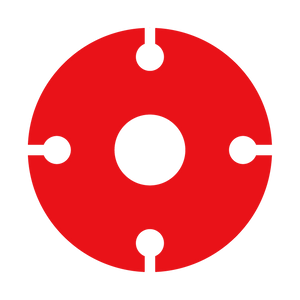 Cutting & Grinding
Cutting & Grinding
 Hole Saw
Hole Saw
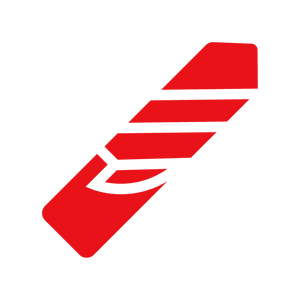 Drilling
Drilling
 Sanding & Polishing
Sanding & Polishing
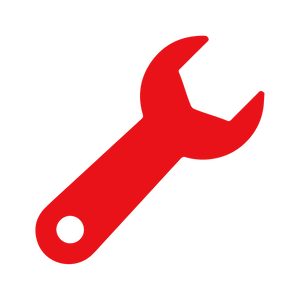 Hand Tools
Hand Tools
 Metal Worker & Fabrication
Metal Worker & Fabrication
 Woodworking & Carpentry
Woodworking & Carpentry
 Electrical & Plumbing
Electrical & Plumbing
 Automotive
Automotive
 Concrete & Masonry
Concrete & Masonry
 Demolition
Demolition
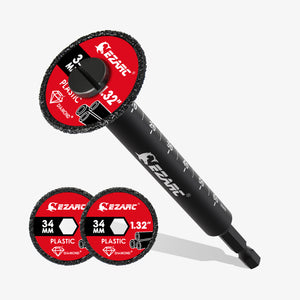 NEW ARRIVALS
NEW ARRIVALS





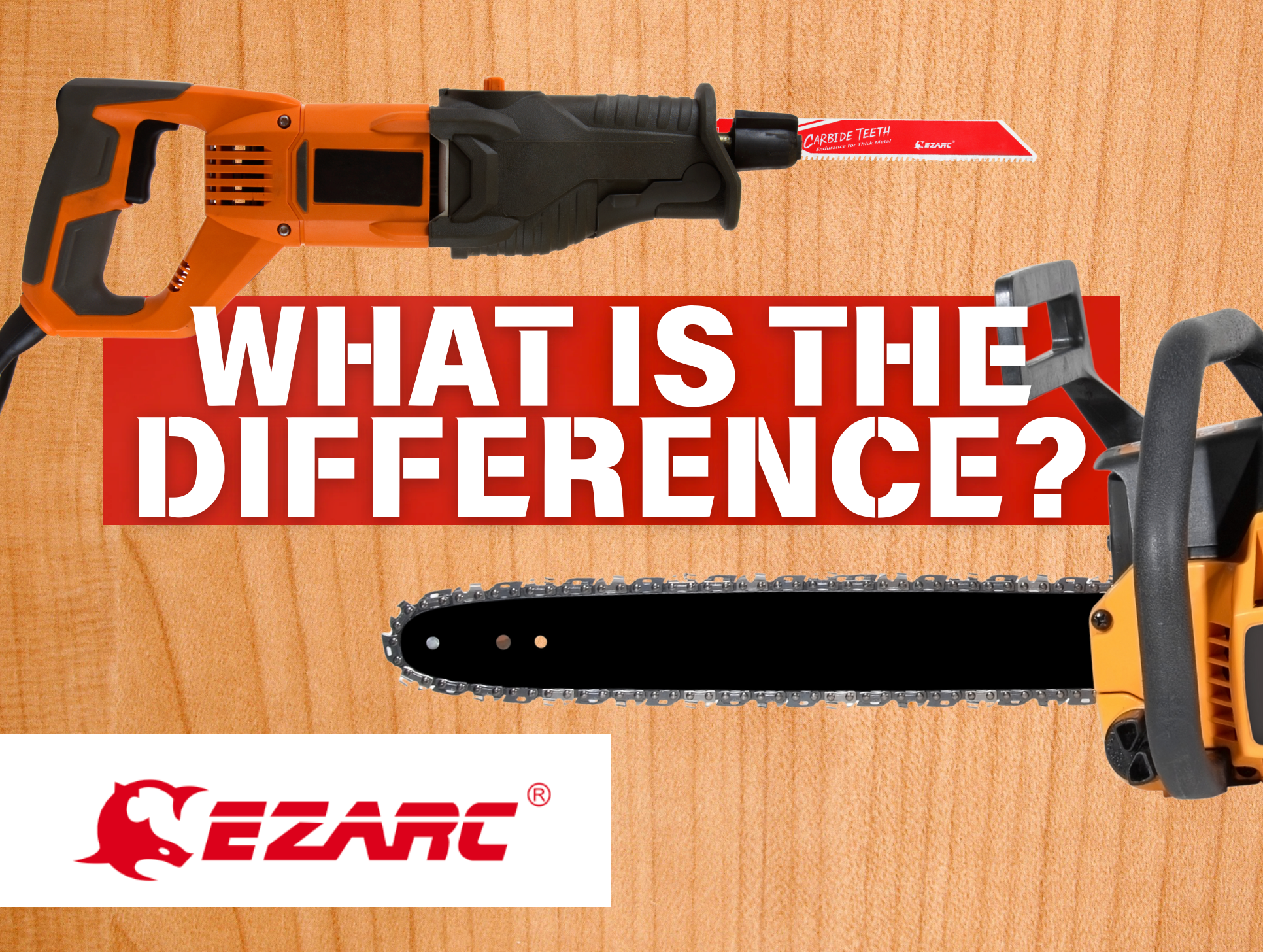
댓글 남기기
이 사이트는 hCaptcha에 의해 보호되며, hCaptcha의 개인 정보 보호 정책 과 서비스 약관 이 적용됩니다.